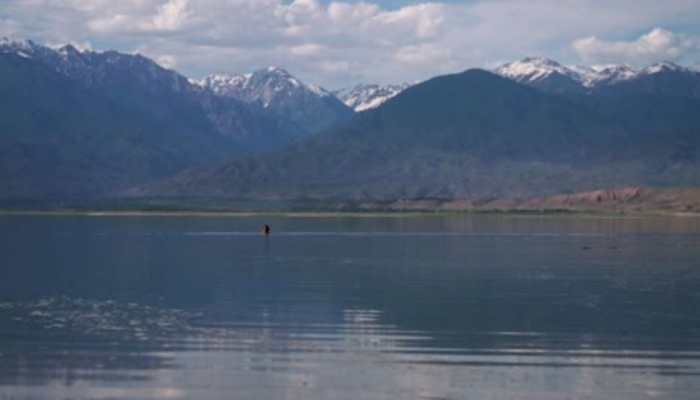Alien life on Europa? Jupiter's moon may contain evidence of extraterrestrial life
Among Jupiter's four moons known as Galilean satellites, Europa is the smallest, having been discovered by Galileo Galilei in 1610.
- Europa is the moon of Jupiter
- Europa was discovered by Galileo Galilei in 1610
- Europa is the smallest of the Galilean moons
Trending Photos
) Image source: NASA
Image source: NASA With regard to extraterrestrial life in our solar system, there would be little doubt that Europa, Jupiter's moon, is an excellent area to begin the search. Europa was discovered by Galileo Galilei in 1610, and it is the smallest of Jupiter's Galilean moons, which are four small satellites that circle the largest planet in our solar system.
Despite the fact that the Voyager spacecraft passed by Europa in the late 1970s and discovered strong indications of a liquid water ocean behind its ice shell, researchers will likely have difficulties studying the water samples because of the thickness of the icy crust, which might be as thick as 30 kilometres. Due to its thickness, the ocean previously appeared impossible for studies and analyses.
A groundbreaking new research published in 'Nature Communications' on Tuesday (April 19) shows that there may be a second way to sample Europa's deep seas.
Read also: Massive solar flare from the Sun could impact satellite communications: CESSI
In addition, the study notes that this ice shell's thickness and thermophysical structure are poorly constrained. Structure and dynamics are essential for "understanding both basic geophysical processes and the habitability of Europa."
According to a portion of the paper, "Double ridges, which are the most prevalent surface feature on Europa, are poorly understood, with current ideas proposing conflicting and incomplete reasons for the genesis of their peculiar morphology," the researchers observed.
Researchers used the finding and study of a double ridge in Northwest Greenland with the same gravity-scaled shape as those seen on Europa to explain it.
According to the findings, a shallow water sill beneath the ice sheet was repeatedly refreezed, pressurised, and fractured, resulting in the formation of the double ridges.
Researchers believe that if the same mechanism is responsible for the formation of Europa's twin ridges, then the results of the research indicate that shallow liquid water is present over Europa's ice shell at all times and in all places.
"There is a chance that life may exist if the shell contains pockets of water due to its proximity to the surface, which receives intriguing compounds from space, other moons, and Io's volcanoes. A water-rich environment on Europa would make sense if the process we've seen in Greenland is the same as what we observe there "Stanford University geophysicist Dustin Schroeder was reported by Science Alert as saying.
Stay informed on all the latest news, real-time breaking news updates, and follow all the important headlines in india news and world News on Zee News.
Live Tv







)
)
)
)
)
)
)
)
)
)
